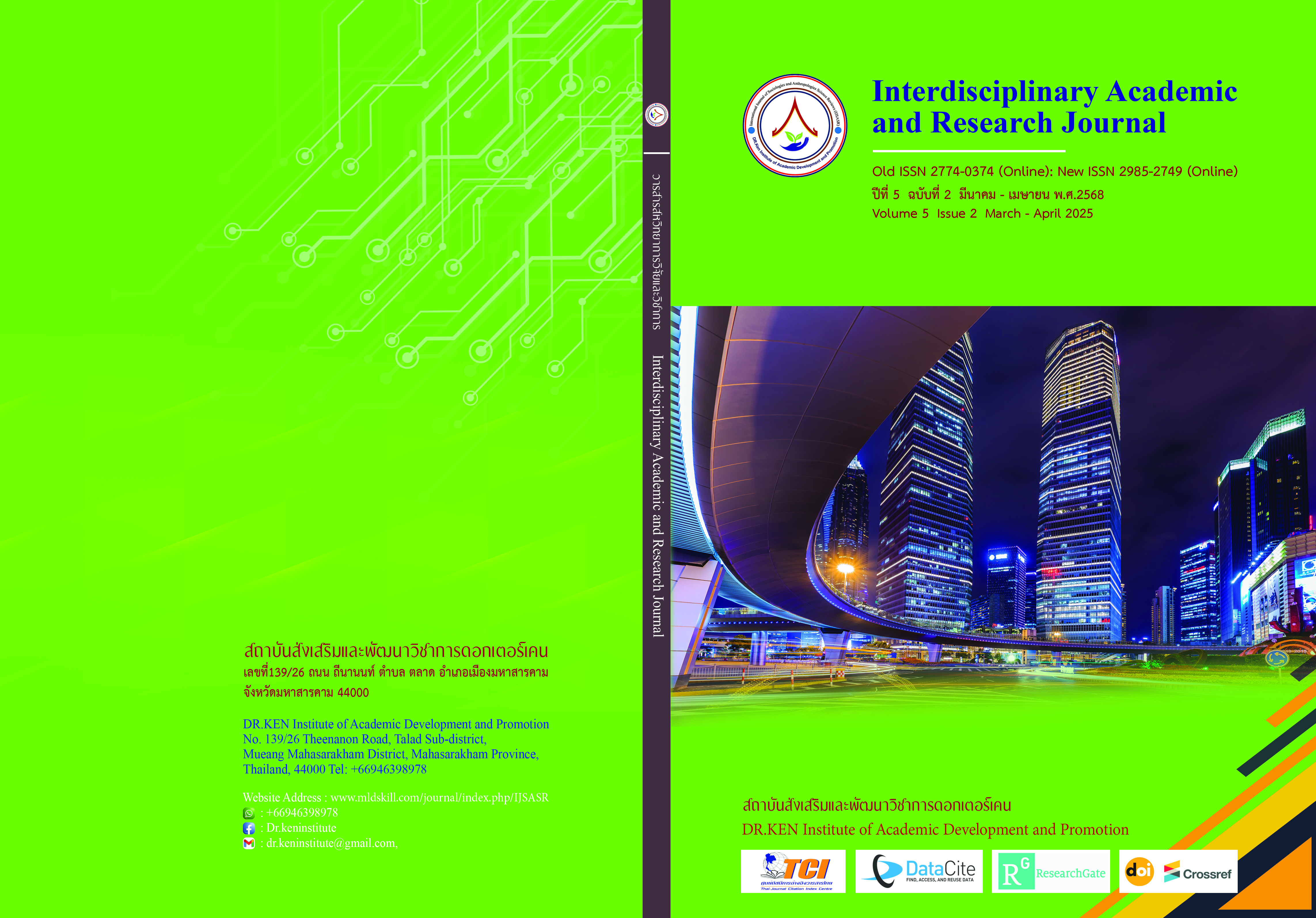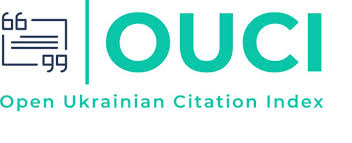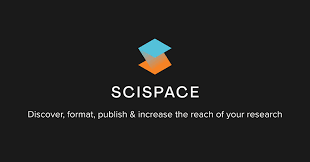Language Development in Early Childhood in the 5.0 Era
DOI:
https://doi.org/10.60027/iarj.2025.282434Keywords:
Language Skill Development, Early Childhood, 5.0 Era, Blended Learning, Educational InnovationAbstract
Background and Aims: Language skill development in early childhood is crucial for preparing children for learning and social integration. The arrival of the 5.0 era, where digital technology and artificial intelligence (AI) play significant roles in various aspects of daily life, has notably transformed the way children learn. The use of technology in education, such as educational applications, AI-powered language learning programs, and virtual reality learning, enhances children's opportunities for language development. However, improper or excessive use of technology can negatively impact children's development. Therefore, the objective of this study is to analyze the role of technology in the development of language skills in early childhood and to explore how teachers and parents can effectively and appropriately use technology to support balanced learning.
Methodology: This study involves a review of relevant academic literature, followed by analysis and synthesis according to the research objectives. A descriptive presentation method is employed to convey the findings.
Results: Technology plays a significant role in developing language skills in early childhood, effectively supporting the development of listening, speaking, reading, and writing skills. Additionally, it allows for flexible language learning that meets the specific needs of each child. However, excessive use of technology or the use of inappropriate media for the child’s age may result in missed opportunities for developing real-life communication skills and could negatively impact social development. Teachers and parents are vital in creating suitable environments for learning through both technology and real-world interactions.
Conclusion: The development of language skills in early childhood during the 5.0 era requires integrating digital technology with traditional learning methods. This allows children to learn and adapt to a technology-driven society. However, the use of technology must be balanced with learning through real-life interactions. Teachers and parents play crucial roles in selecting appropriate digital media and encouraging learning through non-technology-based activities, such as reading, playing, and daily conversations, to ensure that children develop comprehensive language skills aligned with their overall development.
References
กนกพร สุวรรณมณี. (2561). พัฒนาการทางภาษาของเด็กปฐมวัย: แนวคิดและทฤษฎี. วารสารพัฒนาการศึกษา, 13(1), 45-60.
กนกพร สุวรรณมณี. (2563). การใช้เทคโนโลยีในกระบวนการพัฒนาภาษา. วารสารเทคโนโลยีการศึกษา, 21(4), 67-78.
จารุวรรณ วงศ์สินธุ์. (2562). บทบาทของกลไกการเรียนรู้ภาษาตามธรรมชาติในเด็กไทย. วารสารพัฒนาภาษา, 9(2), 34-50.
จารุวรรณ วงศ์สินธุ์. (2563). การผสมผสานการเรียนรู้ในห้องเรียนและการใช้สื่อดิจิทัลในการพัฒนาภาษา. วารสารนวัตกรรมการศึกษา, 10(1), 78-91.
พิชญา วงศ์อินทร์. (2563). บทบาทของเทคโนโลยีในการเสริมสร้างการเรียนรู้ภาษาของเด็กปฐมวัย. วารสารการศึกษา, 17(3), 102-116.
วลัยรัตน์ พงศ์วรวิทย์. (2560). การส่งเสริมการเรียนรู้ผ่านปฏิสัมพันธ์ทางสังคมของเด็กปฐมวัย. วารสารการศึกษาปฐมวัย, 8(2), 56-70.
สมจิตร คำเพียร. (2563). บทบาทของเทคโนโลยีในยุค 5.0 ต่อการศึกษา. วารสารการศึกษาไทย, 25(2), 78-89.
อัจฉรา สงวนวงศ์. (2564). การใช้เทคโนโลยีดิจิทัลในการพัฒนาทักษะทางภาษาของเด็กปฐมวัยในประเทศไทย. วารสารการศึกษาและการพัฒนาภาษา, 28(2), 93-112.
Bandura, A. (1977). Social learning theory. Prentice Hall.
Berk, L. E. (2019). Child development. 10th ed.. Pearson.
Bodrova, E., & Leong, D. J. (2007). Tools of the mind: The Vygotskian approach to early childhood education (2nd ed.). Pearson Education.
Brown, J. (2018). Early childhood language development: Pathways to literacy. Palgrave Macmillan.
Chomsky, N. (2006). Language and mind (3rd ed.). Cambridge University Press.
Hoff, E. (2014). Language development (5th ed.). Wadsworth Cengage Learning.
Jones, S., & Wong, T. (2019). Blended learning and language development in early childhood education. Journal of Language Learning, 15(2), 87-102.
Livingstone, S., & Blum-Ross, A. (2020). Parenting for a digital future: How hopes and fears about technology shape children's lives. Oxford University Press.
Neumann, M. M. (2018). Using tablets and apps to enhance emergent literacy skills in young children. Early Childhood Research Quarterly, 42, 239-246.
Piaget, J. (1971). Biology and knowledge: An essay on the relations between organic regulations and cognitive processes. University of Chicago Press.
Rogers, C. (2018). The power of early language development. New York: Palgrave Macmillan.
Rogoff, B. (1990). Apprenticeship in thinking: Cognitive development in a social context. Oxford University Press.
Schwab, K. (2020). The fourth industrial revolution. Crown Business.
Smith, A. (2020). Integrating technology in language education for young learners. Journal of Early Childhood Education, 14(1), 45-60.
Smith, A. (2021). Family engagement in early language development. Early Child Development and Care, 191(2), 147-161.
Strouse, G. A., O’Doherty, K., & Troseth, G. L. (2019). Effects of repetition and virtual reality on children’s word learning. Developmental Psychology, 55(5), 965-977.
Vygotsky, L. S. (1978). Mind in society: The development of higher psychological processes. Harvard University Press.
Yang, H., & Li, H. (2021). AI and language learning in early childhood. Journal of Educational Technology, 37(4), 57-69.
Downloads
Published
How to Cite
Issue
Section
License
Copyright (c) 2025 Interdisciplinary Academic and Research Journal

This work is licensed under a Creative Commons Attribution-NonCommercial-NoDerivatives 4.0 International License.
Copyright on any article in the Interdisciplinary Academic and Research Journal is retained by the author(s) under the under the Creative Commons Attribution-NonCommercial-NoDerivatives 4.0 International License. Permission to use text, content, images, etc. of publication. Any user to read, download, copy, distribute, print, search, or link to the full texts of articles, crawl them for indexing, pass them as data to software, or use them for any other lawful purpose. But do not use it for commercial use or with the intent to benefit any business.
















.png)


